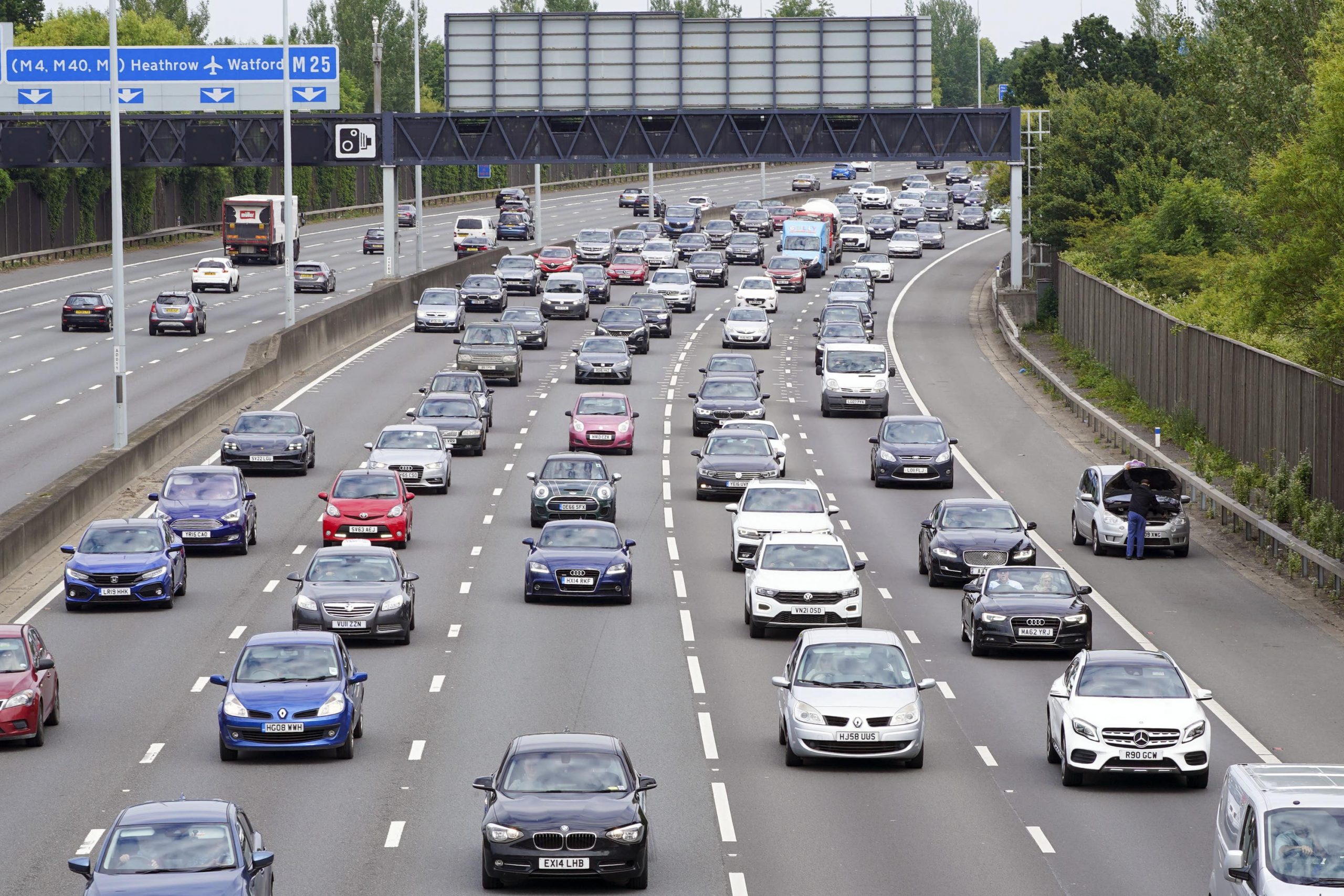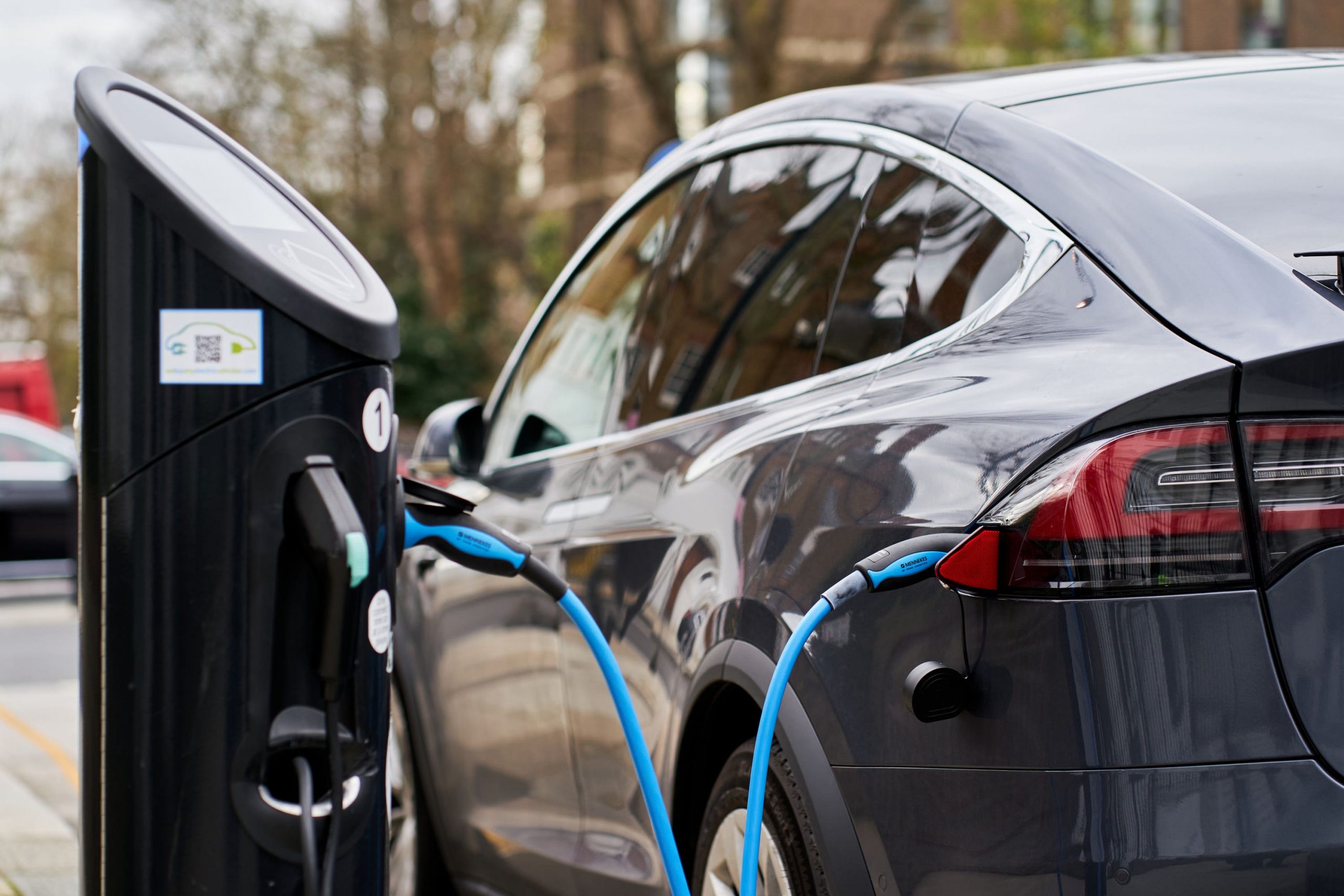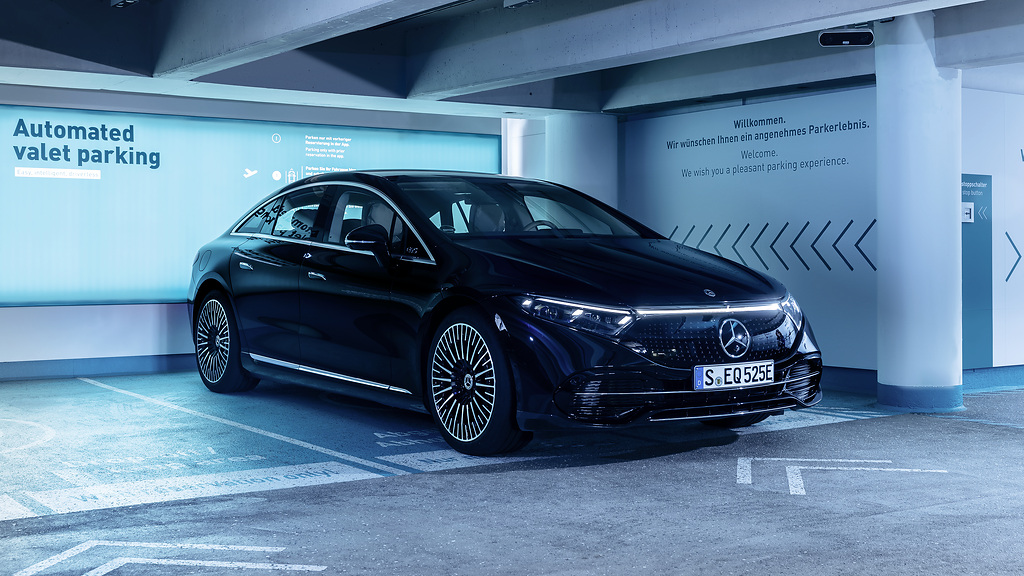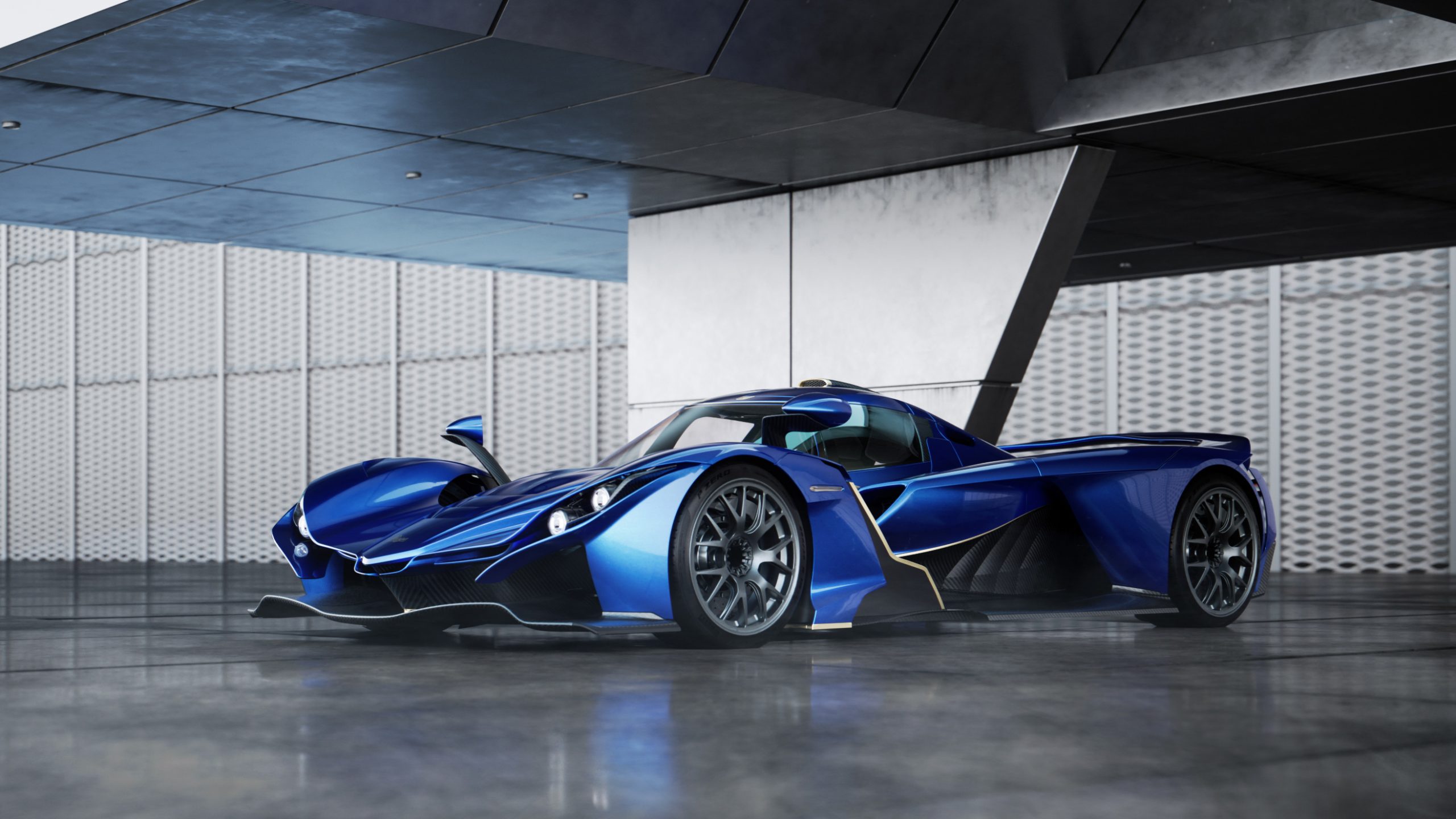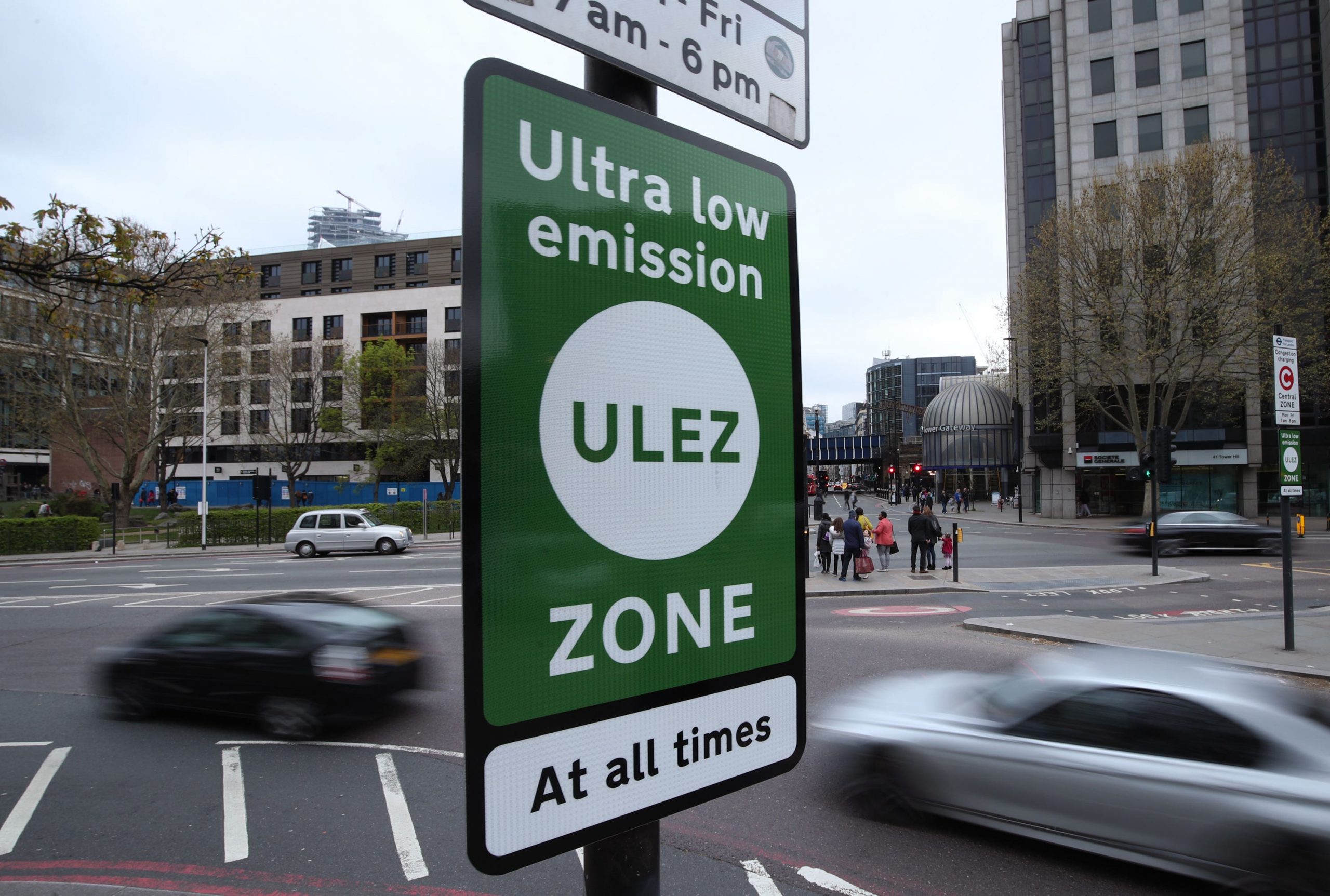Insurance firms have been warned not to undervalue cars and other items when settling insurance claims.
The Financial Conduct Authority (FCA) said it has seen evidence some people left with written off cars after an accident are being offered a price lower than the vehicle’s fair market value by their insurance providers.
In some cases, insurers are only increasing offers to the fair market price when the customer complains, the regulator said.
Offering a price lower than fair market value is not allowed under FCA rules.
Sheldon Mills, executive director for consumers and competition at the FCA, said: “When making an insurance claim, people shouldn’t need to question whether they are being offered the right amount for their written off car or other goods that they need to replace.
“Insurance firms should offer settlements at the fair market value. This is especially important now as people struggling with the cost of living will be hit in the pocket at precisely the time they can ill afford it.
“We are watching the behaviour of firms closely and will act quickly to stop firms and prevent harm to consumers where we see it.”
The regulator said the rising cost of living may be putting increasing pressure on insurers to control claims costs.
But it said attempts to control claims costs by making offers lower than the customer is entitled to under the policy would be unfair and likely to disproportionately affect customers in vulnerable circumstances.
Those who think their claim may have been undervalued can complain to their insurer and then to the Financial Ombudsman Service (FOS) if their complaint is not resolved.
Firms can offer cash instead of repair or replacement to settle claims. However, settling claims in this way may sometimes not be in the consumer’s best interest if they are not able to easily arrange repairs or replace an item themselves, or if inflation means they lose out in real terms, the FCA said.
The regulator expects firms to make sure people have enough information to understand the implications of the different settlement options, particularly those in vulnerable circumstances.
They should also have adequate systems and controls around claims handling processes and not incentivise their staff to engage in potentially harmful claims settlement practices, the regulator said.


